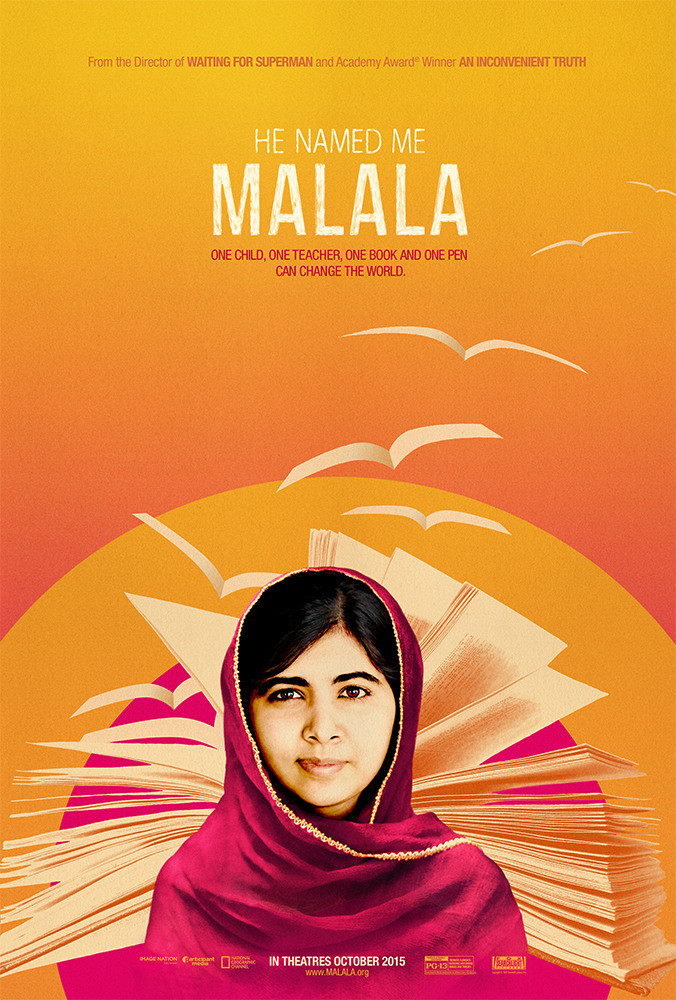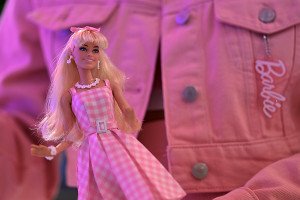He Named Me Malala Offers an Inside Look at Malala’s Everyday Life

Image provided
Nobel Peace Prize Laureate Malala Yousafzai might have a crush on Roger Federer.
In the upcoming documentary He Named Me Malala, audiences are given a glimpse into the world leader’s life as she elegantly balances being a teenage girl, a full-time high school student, a sister, a daughter, and an outspoken activist. Set to debut in Boston on October 9, the film, directed by the esteemed Davis Guggenheim of An Inconvenient Truth and Waiting for “Superman,” illustrates Malala’s everyday life with her family, shows her unwavering dedication to female education, and tells the story of a Pakistani girl who was born into bravery.
Malala was put on the world stage after, on a bus ride home from school at the age of 15, she was shot in the head by a member of the Taliban in an attempt to silence her calls for girls’ education. Despite her critical wounds, Malala survived, and is now making that call even louder as cofounder of the Malala Fund.
Both Malala and her father Ziauddin were targeted by the terrorist group because of their attempts to preserve girls’ education. In the film, Ziauddin Yousafzai explains he named his daughter after folk heroine Malalai of Maiwand, a young woman who rallied fighters in Afghanistan against British troops in the late 1800s. His decision to name her Malala implies she perhaps was born with the option to make bold choices. This is woven throughout the film as one of the reasons she’s able to incite global change.
“I think the core of the movie builds towards a choice of a girl to speak out and risk her life, and for her father to let her do it,” Guggenheim says.
“Did naming her influence how she acted? What is the nature of destiny? Did she choose this life?” he asks. “I want the title to provoke these questions.”
From following Malala on a trip to a Syrian refugee camp and capturing her famous speech to the UN, He Named Me Malala shows her dedication to the 66 million girls around the world who aren’t in school. It also shows Malala giggling about a handsome tennis player, teasing her brother, and being concerned about her grades in school. Guggenheim says he never expected to capture moments of her and her brothers arm wrestling, or when Malala’s older brother claimed he’s the favorite child of their mother.
“I think that’s the surprising thing for me. That she’s an ordinary girl,” Guggenheim says. “Part of it is the love of her father and mother, her deciding to make a choice to make her extraordinary. That’s what’s so interesting; we all have that potential in us.”

